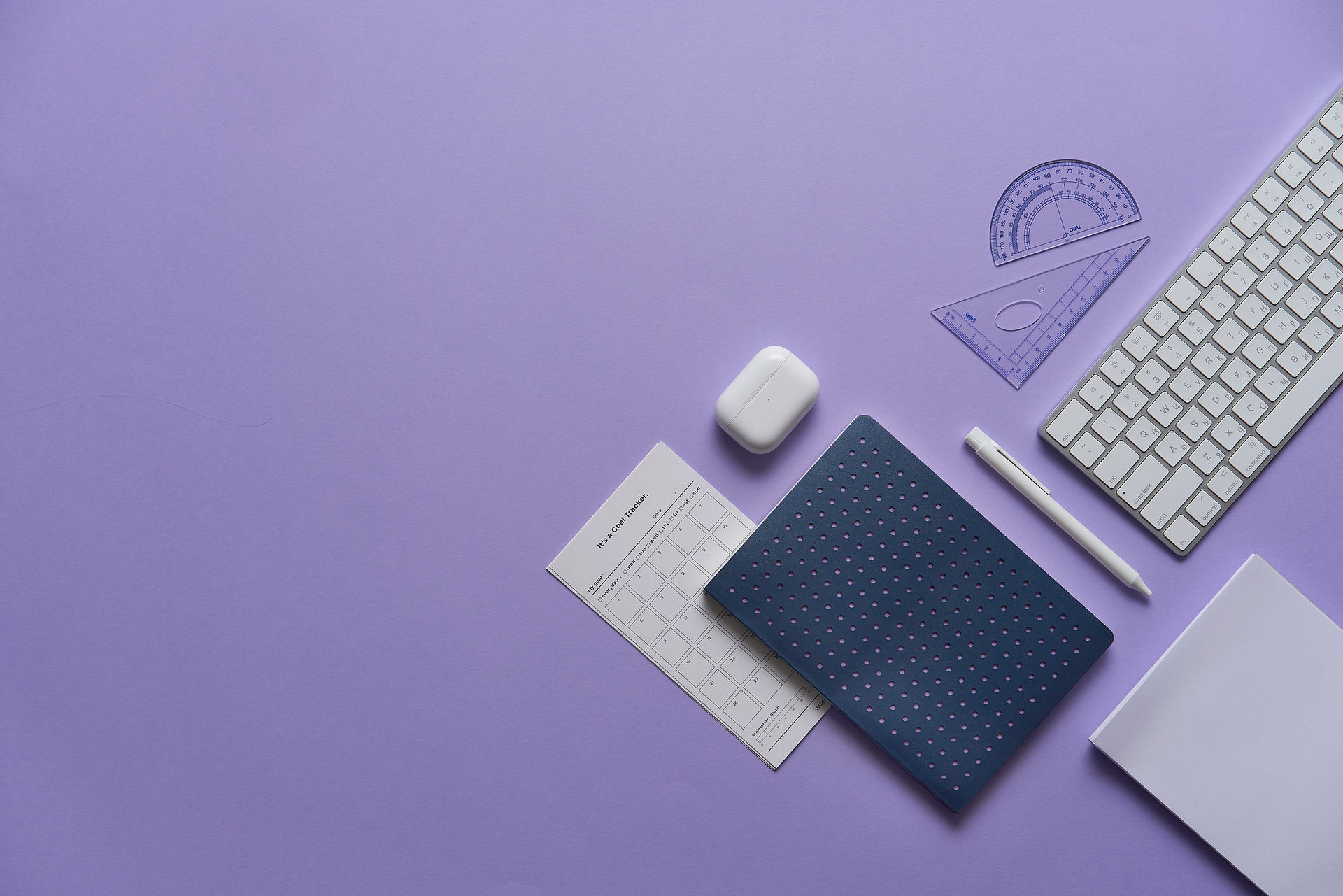You've heard of the man on the moon, how about the man IS the moon? (Face Filter Creation) [Week 1]
- Rikka Ly

- Aug 5, 2020
- 2 min read
Updated: Jul 25, 2023
In my first Mixed Realities class last Thursday, my classmates and I were introduced to AR and VR concepts. We had fun experimenting with all the different tools used to explore these areas. We had Virtual Reality headsets, Augmented Reality Glasses, IPads that could make drawings come to life. In the end, something familiar was discussed - social media - discussing the use of face filters as daily use of AR. Creating face filters was homework for our next class. We were able to use the free software Spark AR studio.
The idea for my face filter came through research and playing around with the software. This experiment was my first attempt at creating a face filter, so I wanted to try a few different effects. I was interested in face distortion - these were the face filters that usually entertained me the most. After a quick google search, I found the 'faceDistortionPack' on Spark AR's website. Adding this to my face mesh allowed me to mess around with the proportions of the face. I made the eyes big as well as the mouth. The look ended up with a rounder appearance.
My final face filter uses the star and moon emoji. I chose these assets because they were recognisable. The moon emoji is also a funny image to me - I was keen on having my outcome be entertaining to look at because I value entertainment.
I followed a Youtube tutorial by Techzclub when I came to the mouth-opening effects. I wanted some interactivity to enhance the entertainment factor. When the user opens their mouth, stars rain down from the sky like a meteor shower.
Overall I'm pretty happy with my first face filter. It's something I'm proud to show people, and I learned from the experience.
A face filter is an example of augmented reality (AR), which features virtual images seemingly implanted into the real world through a device. In this case, it was through the handheld device of my phone. The virtual images are affixed to the tracking of my face. Spark AR has implemented face tracking into their software - all I needed to do was create a design on top of it. Interactivity is also a significant feature of AR, and in terms of my face filter, my interactivity was entertainment-based. Other types of AR interaction may include education and visualization. There is a small field of view. If my face was to get too far away from the camera, it would stop tracking. This is different compared to VR - which requires a large field of view to feel real.
References
Apple. (2008, November 21). Star [Emoji]. Emojipedia. https://emojipedia.org/star/
OSX / iOS. (2011, October 12). Full Moon with Face [Emoji]. Iemoji. https://www.iemoji.com/view/emoji/584/animals-nature/full-moon-with-face#:~:text=Animals%20&%20Nature%20Category
SparkAR. (2020). Face distortion and retouching. Spark AR Studio. Retrieved August 5, 2020, from https://sparkar.facebook.com/ar-studio/learn/tutorials/face-distortion-retouching/
Techzclub - technology beyond us!. (2020, May 8). How to Create Your First AR Filter for Instagram or Facebook using Spark AR Studio? [Video]. YouTube. https://www.youtube.com/watch?v=39W4lqW9L2Q







![Stepping Back and Finding my users [Week 10]](https://static.wixstatic.com/media/3f510d_0ed0f82fa4ba4d31a7d7eebc6f01de34~mv2.jpg/v1/fill/w_980,h_797,al_c,q_85,usm_0.66_1.00_0.01,enc_avif,quality_auto/3f510d_0ed0f82fa4ba4d31a7d7eebc6f01de34~mv2.jpg)
![Refining my Idea and the Presentation [Week 9]](https://static.wixstatic.com/media/3f510d_9df540d01c294626a355a4f05d0e5e36~mv2.jpg/v1/fill/w_980,h_776,al_c,q_85,usm_0.66_1.00_0.01,enc_avif,quality_auto/3f510d_9df540d01c294626a355a4f05d0e5e36~mv2.jpg)
![Starting a New Semester with Forward Thinking [Week 8]](https://static.wixstatic.com/media/3f510d_03ea4d9de9d143d9b0467dc4f052f080~mv2.jpg/v1/fill/w_980,h_842,al_c,q_85,usm_0.66_1.00_0.01,enc_avif,quality_auto/3f510d_03ea4d9de9d143d9b0467dc4f052f080~mv2.jpg)
Comments